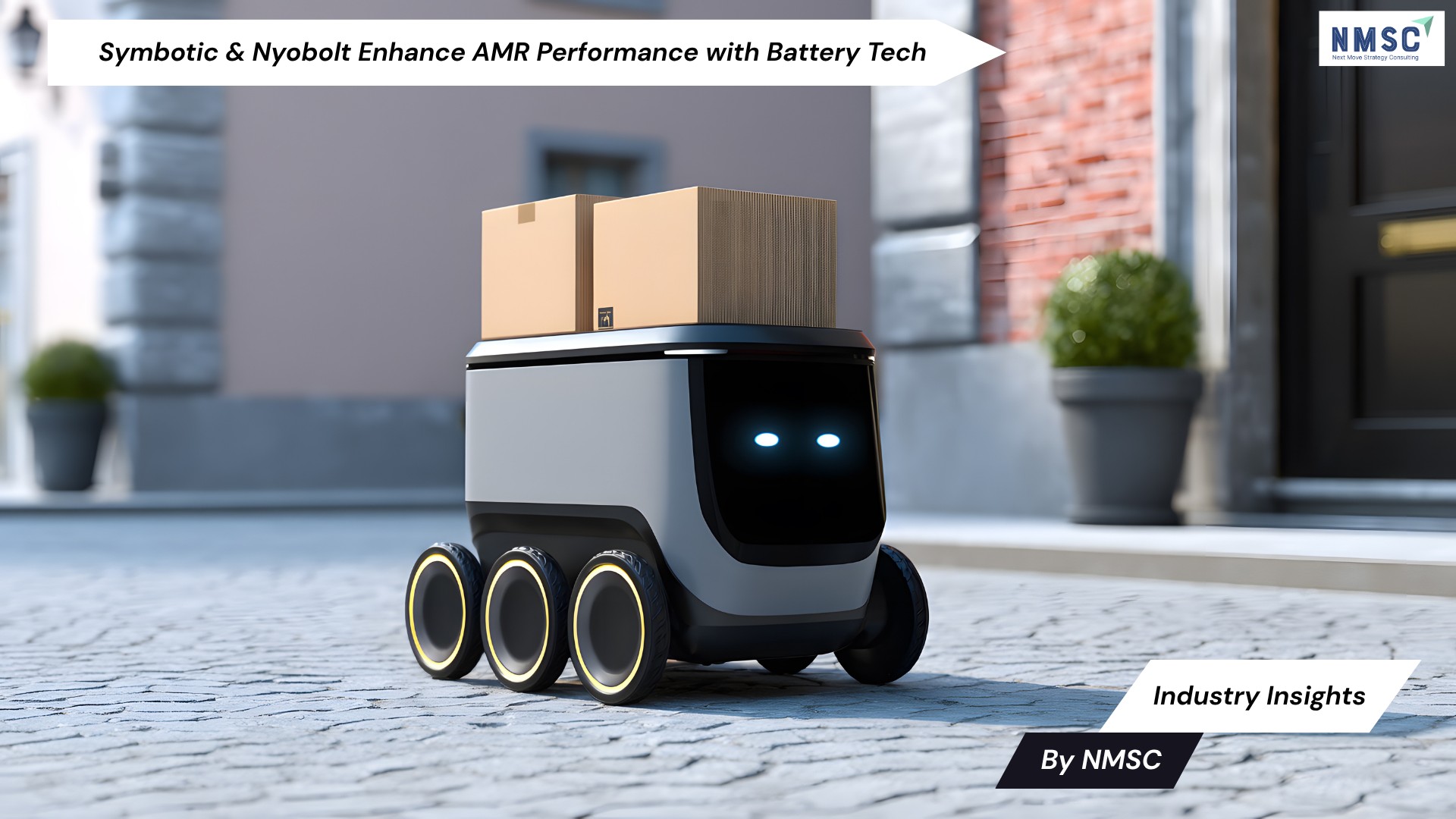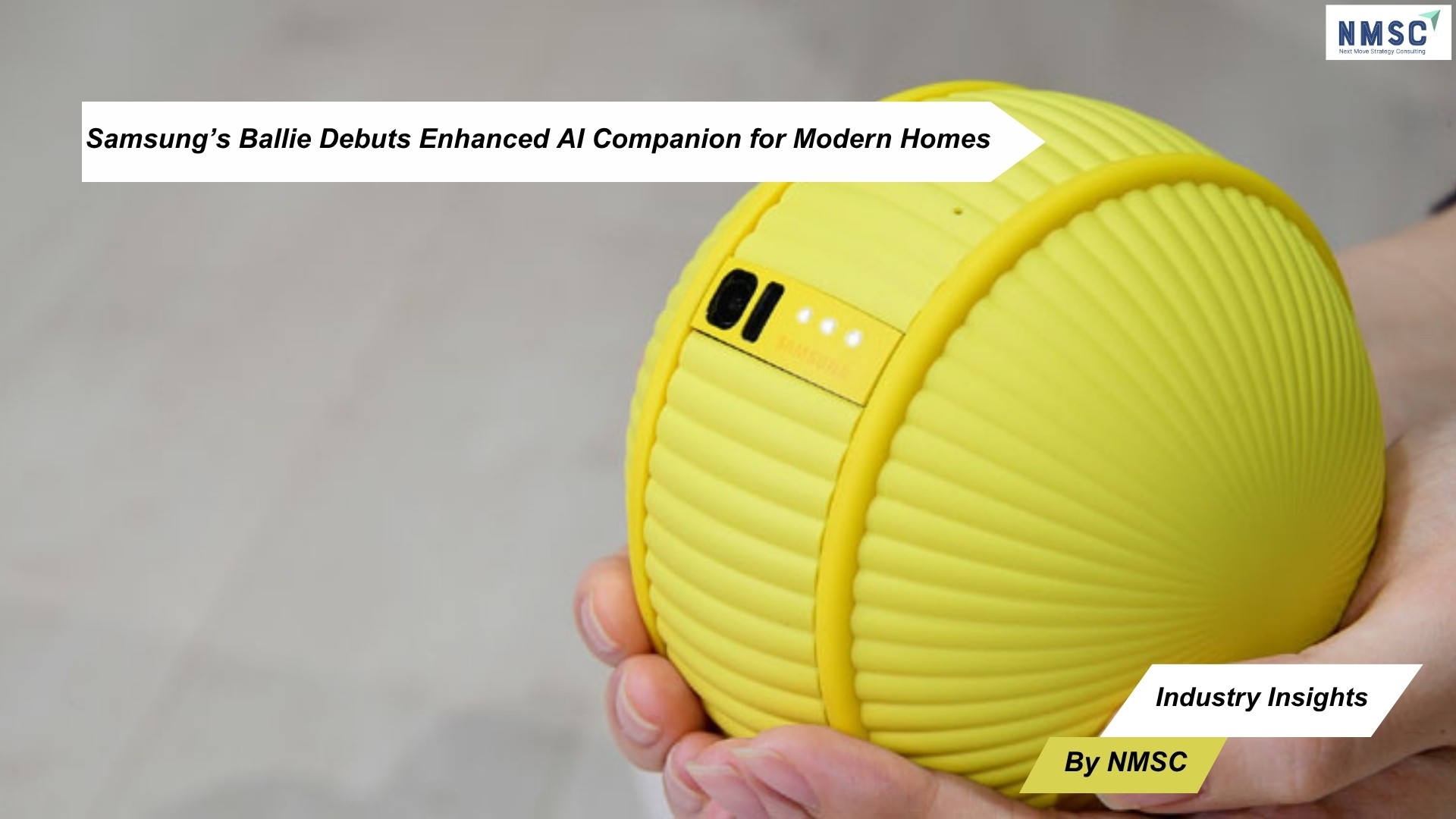Global Robot Operating System (ROS) Based Robot Market is expected to reach USD 88.22 billion by 2030
Published: 2025-01-24
The rapidly growing adoption of robots in numerous industries across the globe and the rise of industry 4.0 worldwide is driving the growth of the ROS Based Robot Market.
The ROS Based Robot Market size was valued at USD 50.16 billion in 2023, and is predicted to reach USD 88.22 billion by 2030, with a CAGR of 8.4% from 2024 to 2030.
ROS-based robots utilize the Robot Operating System (ROS) as their framework, leveraging its open-source platform for tasks such as sensor integration and communication. This standardized approach facilitates modular development, gaining popularity for collaboration across various industries in the robotics community.
The growing adoption of ROS-based robots is propelling market expansion, especially in sectors such as healthcare, logistics, and manufacturing. In healthcare, these robots enhance precision and efficiency in tasks such as surgical assistance, telemedicine, and patient care. In logistics, ROS-based robots optimize warehouse operations, improving overall productivity through tasks such as inventory management and goods transportation.
Moreover, in manufacturing, they contribute significantly to automation, enhancing production processes and efficiency. ROS's versatility allows seamless integration across various industries, fostering innovation and broadening the applications of robotics. The widespread use of ROS-based robots is positively impacting industries, fueling technological advancements and automation.
The ROS (Robot Operating System) based robot market experiences substantial growth propelled by the advent of Industry 4.0 and Smart Manufacturing. The integration of advanced technologies, automation, and data exchange inherent in Industry 4.0 aligns seamlessly with ROS capabilities, positioning ROS-based robots as pivotal in enabling efficient communication, collaboration, and automation in manufacturing processes.
A key driving force in the industry 4.0 context is the demand for enhanced flexibility and adaptability in manufacturing operations, where ROS's modular and open-source architecture allows for swift reconfiguration of robotic systems, facilitating quick adjustments to changes in product design, production volume, or process requirements.
Additionally, ROS's crucial role in ensuring interoperability is highlighted in smart manufacturing settings, fostering efficient communication among different robotic components, sensors, and devices, essential for achieving the requisite connectivity in these advanced manufacturing environments.
However, the expansion of the ROS (Robot Operating System) based robot market faces limitations due to several factors, primarily the elevated initial costs linked to specialized hardware, software, and training. This poses challenges for smaller enterprises operating under budget constraints.
Furthermore, security concerns arise due to the open-source nature of ROS, potentially restricting its adoption in safety-critical applications that demand robust security features. These combined challenges act as restraining factors for the growth of the ROS based robot market.
On the contrary, the integration of edge computing and edge AI holds the potential to revolutionize the capabilities of ROS (Robot Operating System) based robots. By bringing computational processes closer to robotic systems, edge computing enhances real-time decision-making, reducing reliance on centralized servers.
This advancement enables ROS-based robots to process sensor data locally, improving autonomy and responsiveness. Progress in advanced sensor technologies, such as LiDAR and depth cameras, ensures heightened precision and reliability.
These enhanced sensor capabilities, coupled with the ROS framework, empower robots to navigate complex environments, recognize objects more accurately, and adapt dynamically, shaping the future landscape of ROS-based robotic systems.
Additionally, the anticipated deployment of 5G connectivity is poised to transform communication dynamics, offering faster data transfer rates and lower latency. This facilitates seamless real-time communication among ROS-based robots, creating opportunities for applications including remote operation and collaborative tasks.
Request for a Sample PDF on the ROS Based Robot Market
The ROS based robots market comprises of various companies including ABB Ltd, FANUC Corporation, KUKA AG, Yaskawa Electric Corporation, Denso Corporation, Microsoft Corporation, Omron Corporation, Universal Robots A/S, Locus Robotics, and iRobot Corporation. These companies are adopting various strategies such as product launches to remain dominant in the global ROS based robot market.
For instance, in November 2023, ABB Robotics introduced the IRB 930 SCARA robot, specifically designed for swift point-to-point tasks with high payloads. The robot offers three variants capable of handling 12 kg and 22 kg payloads, excelling in applications such as screw-driving and assembly tasks, particularly in industries such as 3C, automotive electronics, electric vehicle battery cells, and solar panels. Notably, the IRB 930 is equipped with ABB's OmniCore controller, providing best-in-class motion control, rapid cycle times, and precise repeatability. These features contribute to enhanced production rates while upholding high-quality manufacturing standards.
Moreover, in August 2021, Yaskawa introduced the HC10XP robot, specifically designed to facilitate collaborative welding processes, ultimately boosting productivity. This addition to Yaskawa Motoman's robotic lineup is notable for its exceptional speed and robustness, featuring six axes for versatile movement. Another standout product in the lineup is the MPX1400 robot, belonging to the MPX-series paint robot line, known for its high performance. Optimized to achieve smooth and consistent finishes, the MPX1400 is particularly well-suited for various dispensing and coating applications.
Key Insights from the Construction Market Report:
-
The information related to key drivers, restraints, and opportunities and their impact on the ROS based robot market is provided in the report.
-
The value chain analysis in the market study provides a clear picture of the roles of each stakeholder.
-
The market share of the players in the global ROS based robot market along with their competitive analysis are provided in the report.















Add Comment